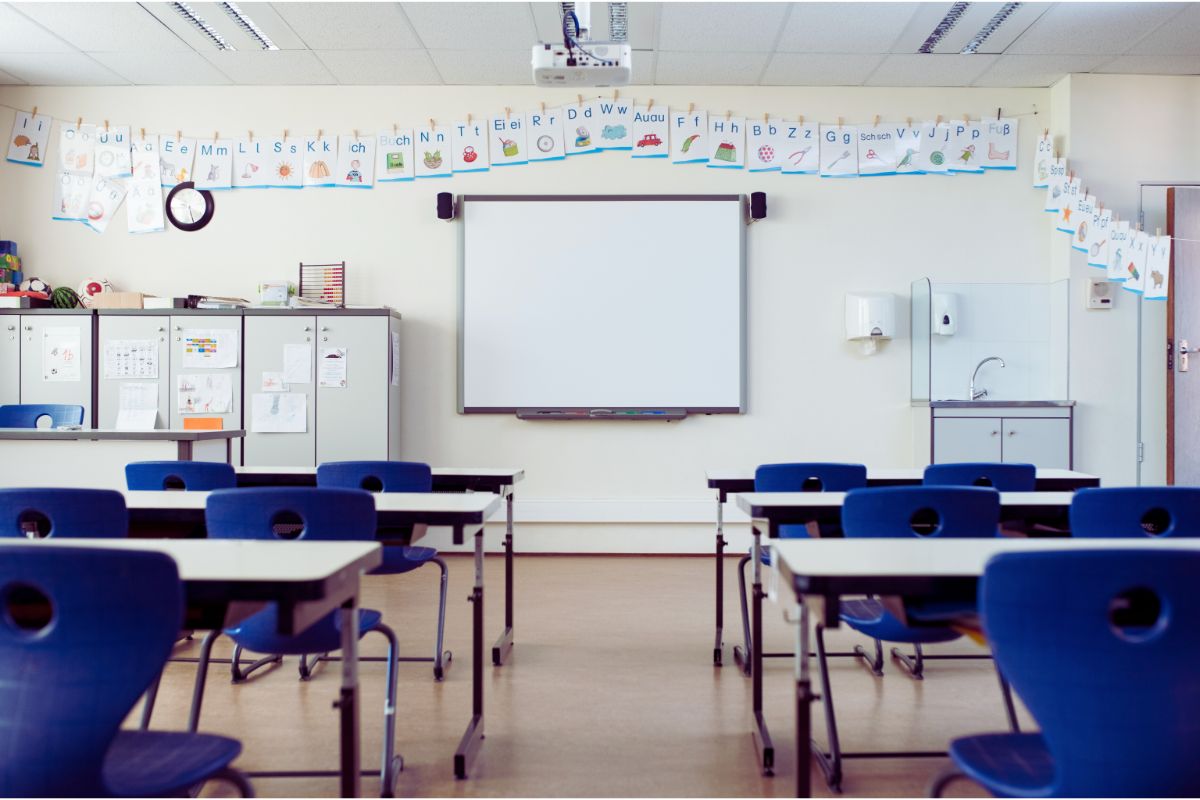It’s no secret that artificial intelligence (AI) technologies across various industries are radically transforming how organizations of all types operate. But there’s one sector that’s been slow to adapt: education.
While other industries have quickly embraced AI for efficiency and innovation, US schools are lagging behind, struggling to implement these technologies in meaningful ways.
AI has the potential to revolutionize teaching and learning, making education more personalized, efficient, and engaging.
However, recent studies reveal that most US schools are currently unprepared for incorporating AI into the classroom.
The Current State of AI in Schools
Despite the potential benefits of AI in education, there’s currently a major gap in the training and preparedness of educators.
One recent survey found that two-thirds of teachers have not received any formal training on using AI in educational contexts. This lack of training is stifling the effective integration of AI in classrooms.
Only 13% of teachers have received AI training from their school districts. Simply put, comprehensive and accessible professional development programs for educators looking to learn AI just don’t exist for the most part.
While formal training is scarce, some educators are taking matters into their own hands.
About 21% of teachers have independently sought out AI training to better understand and utilize these technologies in the classroom.
This shows there’s a willingness among teachers to adapt and innovate, even if institutional support is lacking at the moment.
Another concerning issue is the fact that only 4% of school systems have established documented policies regarding the use of AI.
This lack of policy framework leaves educators and students without clear guidelines on how to responsibly and effectively integrate AI into teaching and learning processes.
Real-World Applications of AI in Education
Despite the overall lack of preparedness, some self-motivated educators are already harnessing the power of AI in their classrooms.
These early adopters are using AI to streamline various tasks, including lesson planning, grading, parent communications, quiz creation, administrative tasks, and even full-blown presentations.
These applications show that there are numerous practical benefits and tons of innovative potential of AI in enhancing educational efficiency and effectiveness.
While some are leveraging AI to streamline their workflows and improve educational outcomes, many others still remain unprepared and under-resourced, lacking the training and framework to tap into these innovative tools.
Systemic Barriers and Challenges
There’s no shortage of reasons for the training gap and overall lack of AI readiness in schools.
Budget constraints, administrative oversight, and resistance to change are all barriers that prevent schools from investing in AI training and integration.
Additionally, the rapid pace of AI development has made it challenging for educational institutions to keep up with the latest advancements and best practices.
The lack of comprehensive policy frameworks for AI in education further complicates the situation.
Without clear guidelines from leadership, schools are struggling to adopt and integrate AI in a way that aligns with educational goals and ethical standards.
This lack of direction hampers the effective use of AI in enhancing educational outcomes while also increasing the risk of misusing or underutilizing these powerful technologies.
Implications for the Future of Education
The current state of AI readiness (or lack thereof) in schools has significant implications for the future of education.
The potential benefits of AI, such as personalized learning, automated administrative tasks, and enhanced educational resources, have remained largely untapped to date.
To fully harness AI’s capabilities, school districts will have to invest in training, develop clear policies, and address systemic barriers to adoption.
If fully integrated and supported by adequate training and policies, AI has massive potential to improve educational outcomes for students while streamlining administrative tasks, personalizing learning experiences, and providing teachers with tools to better assess and respond to student needs.
By addressing the training gap, developing comprehensive policies, and overcoming systemic barriers, schools can ensure that they’re not left behind in the AI-driven future of education.
- Elevating Your Virtual Presence: Why EMEET’s SmartCam S800 Stands Out in Modern Communication - 06/04/2025
- US Teachers Will Spend $3.35 Billion of Their Own Money on Classroom Expenses in 2025-25 School Year - 06/04/2025
- Report: Leveraging AI Tools Could Help US Teachers Avoid $43.4 Billion of Unpaid Overtime Work - 06/04/2025


